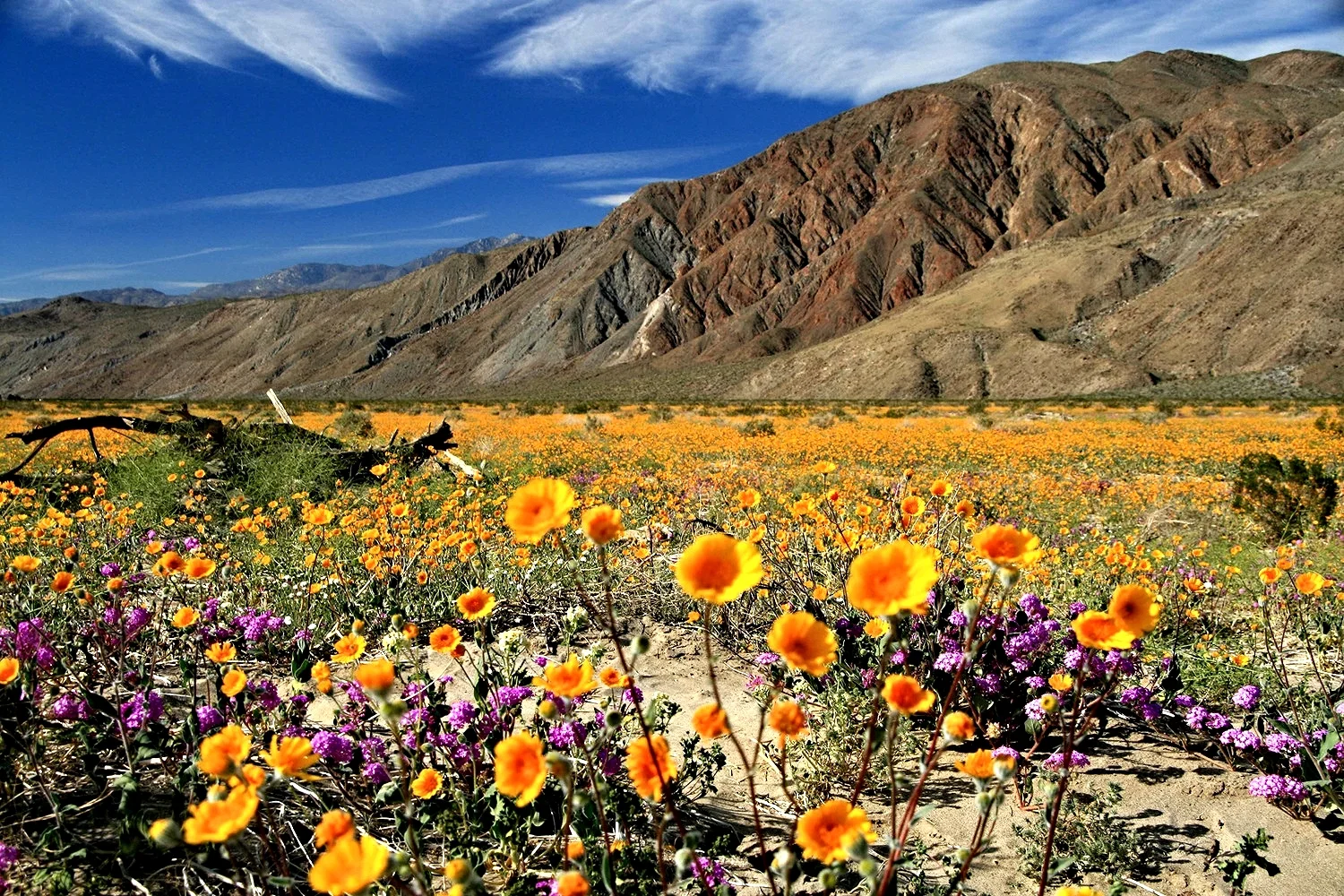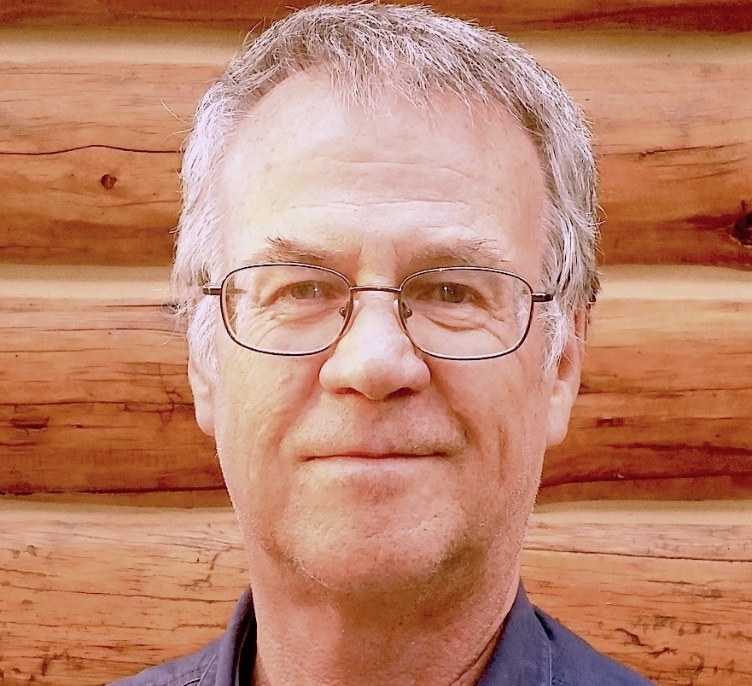Rare Mallow Rediscovered
/Abutilon palmeri (Indian Mallow) is a popular desert garden plant that is common in Arizona and northern Mexico. However, it is rare in the wild in Anza-Borrego Desert. The first specimen collected in our area was by Charles Harbison in April 1939. Two years later Frank Gander collected another one in the same general area. Gander’s description of the location was "near base of hills south of Vallecito Stage Station".His description generally applies to the valley known as the Potrero, a huge area with many hills. With such little guidance, it’s not surprising that there were no more confirmed collections or reports of the plant for 78 years, despite many people looking for it. There are many photos of it on Calphotos, but most are from cultivated plants, and none of the wild ones are from Anza- Borrego. James Lightner even removed the plant from the 3rd edition of his book because he believed it no longer existed in San Diego County.
During the last week of March, amateur botanist Walt Fidler had been camping and exploring the Potrero area. On March 26, he found the long lost population of Abutilon, as well as a major population of Horsfodia alata (pink velvet mallow). He counted well over 100 individualAbutilon plants and estimated thousands of H. alata. To say that this was a major botanical find is an understatement.
Photo courtesy of Tom Chester
On April 1 a group consisting of Fidler, Tom Chester, Nancy Accola and myself set out to visit this location. The hike in from S-2 is about 4 miles. Some of it is on dirt road but much is cross country. The plants are found on a single hill that is, thus far, the only spot in Anza-Borrego
where the plant is found. What is special about this spot? It may be the large boulders, or the orientation of the slope, or something else that isn’t obvious. In any case, these plants eluded detection for a very long time. There may yet be other locations for the species, and a number of determined people have been looking hard. Fred Melgert and Carla Hoegen are looking at other potential sites. Walt himself has covered a lot of this terrain, but there are many parts that have not been thoroughly explored by anyone.
Horsfordia alata, another member of the MALVACEAE, is slightly more common than Abutilonbut still a rare species according to the California Native Plant Society. It was not collected in San Diego county until 2006 by Jon Rebman, in a different part of the Potrero. It tends to be more erect in habit than Abutilon, and its flowers are pink, unlike the more common Horsfodia newberryi that has yellow flowers. Both Abutilon and Horsfordia have fairly large leaves covered with soft hairs that give the foliage a velvety feel.
En route to Abutilon Hill, Fidler pointed out a small population of Penstemon clevelandii clevelandii. This desert transition species is not rare but uncommonly beautiful. To find it in full flower was a special treat.
Similarly, Lupinus excubitus medius is found in the desert transition. L. excubitus is a fairly widespread species, extending up into the Sierras. Of its 4 varieties, medius is the most restricted, being limited to the mountain springs area, from the Mexican border at the San Diego/Imperial County line, to the McCain Valley, with just a few outposts to the north, including Pinyon Mountain Rd.
The species described here are only four of the many wonderful flowering plants seen this day. Although it was a 10 mile round trip with the last couple of miles requiring headlamps, the opportunity to see these four species in flower was definitely worth the effort.
For further details, see the following links:
Plant Species of the Borrego Desert
iNaturalist
Pink Velvet-Mallow
– Don Rideout











